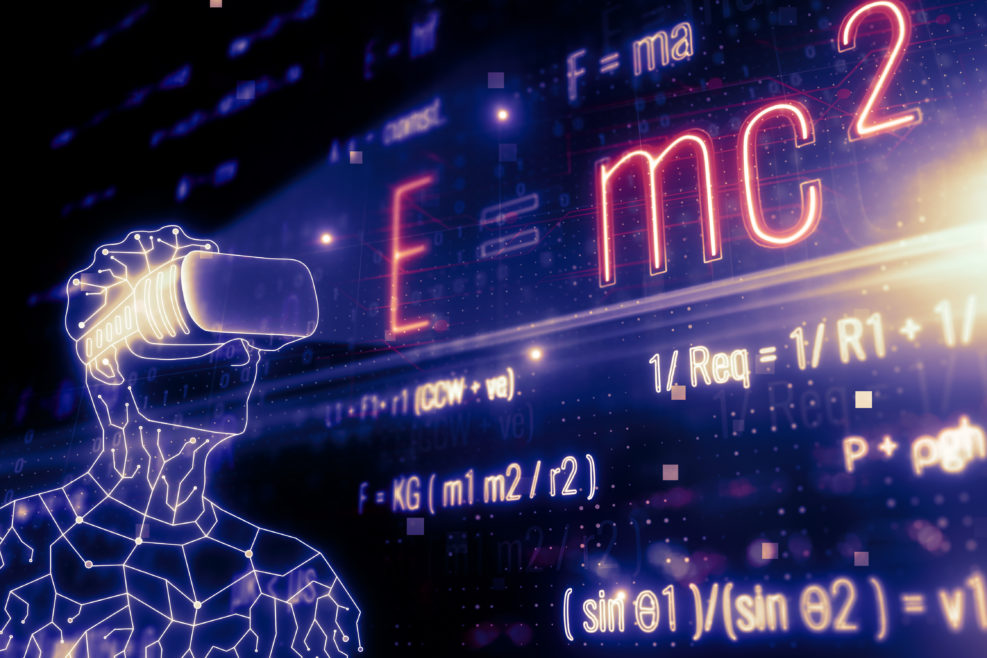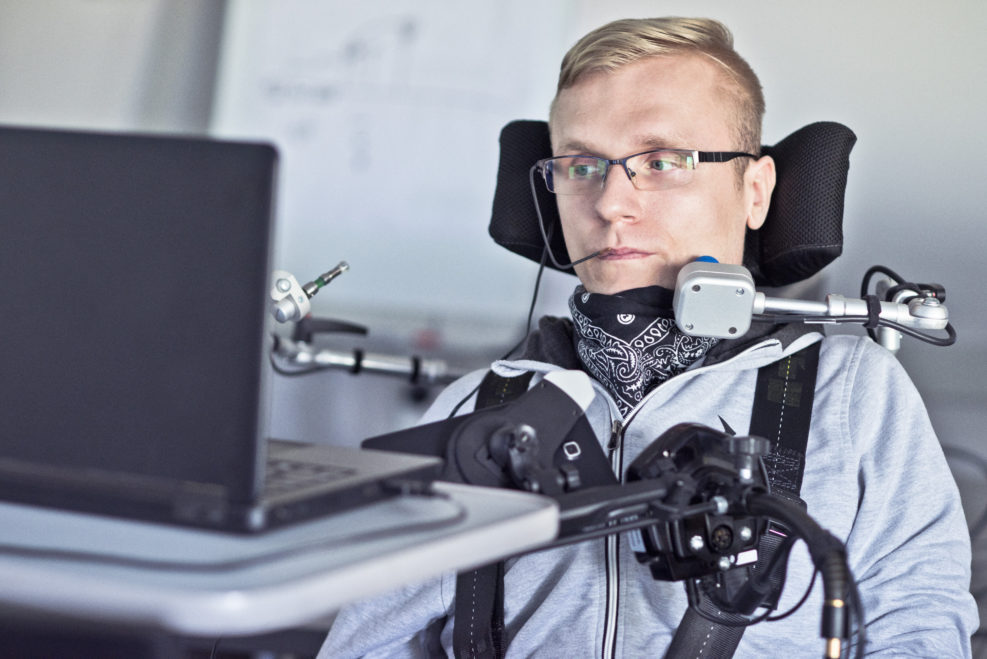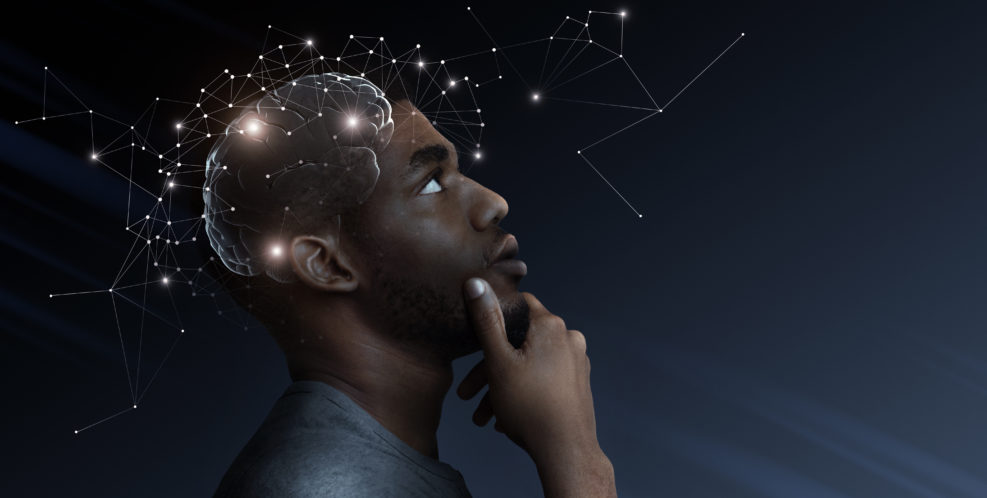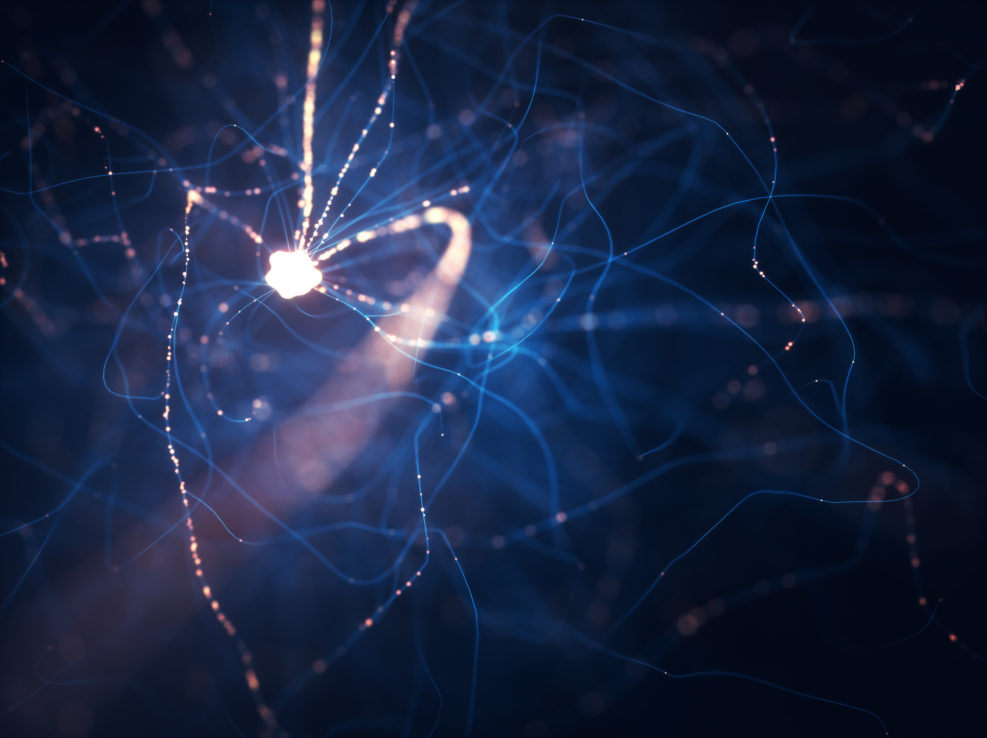
“Sentiment Analysis”? Why Not Just ASK People What They Think?
My computer science professor always told me,”Never solve a problem you can eliminate.”AI researchers are trying to develop algorithms that pick up on cues within a written text that reveal the writer’s emotional state (sentiment analysis). Recently, Mind Matters News reported on a new algorithm for processing sarcasm in social media posts — a good example of trying to infer sentiment from text. My computer science professor always told me,”Never solve a problem you can eliminate.” It seems to me that a lot of machine sentiment analysis can be bypassed by simply asking the users to report their feelings when writing the posts. That may seem obvious but, these days, obvious answers are in short supply. Many people insist on finding the most complicated way to solve problems. Asking a user for Read More ›


















